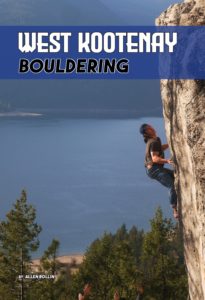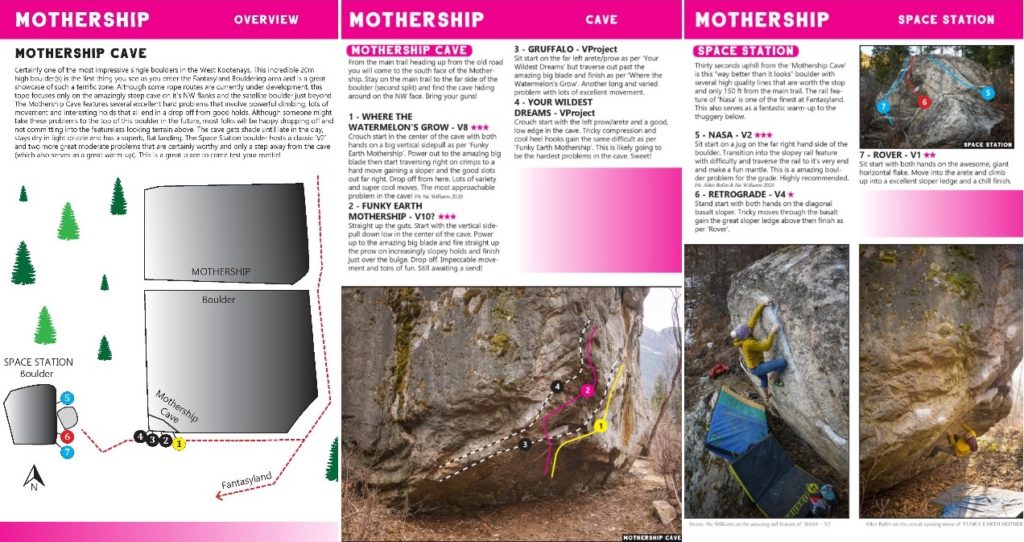The Mountain Culture Group website has featured the Castlegar bouldering scene in an article titled “Why The West Kootenay Bouldering Scene Is Blowing Up.” The Q&A-style story interviews Allen Rollin who recently released the West Kootenay Bouldering guidebook, which can be purchased at the Castlegar Visitor’s Centre.

The article explains exactly what bouldering is, namely “a form of climbing with no ropes for protection. You usually climb stand-alone boulders at an average of about 10 feet high (but anywhere from five to 30 feet). All you need are some shoes, chalk and a bouldering crash pad for protection. Bouldering is also very popular in indoor climbing gyms as you don’t necessarily need a partner and you can build lots of skill and strength in a low risk environment, not to mention it’s pretty fun too.”
The majority of bouldering around Castlegar can be found near Lower Arrow Lakes, from Rialto Road to Syringa Provincial Park, and off Pass Creek Road, just North of the city. There are hundreds of routes at a dozen areas and most are very easy to access, usually requiring less than a twenty-minute approach. Some are so close to the road, like Beachside Boulders near Scottie’s Marina, that you can watch people try problems from your car.
When asked what’s unique about bouldering around Castlegar and the West Kootenay region, Rollin replies, “I would say the diversity and the experience. There is literally an area for every season (sometimes even in mid-winter). Also, almost all of the bouldering areas are in the vicinity of a beautiful body of water and located in a wonderful setting.”
Castlegar has seen a large uptick in visitation from areas such as the Okanagan and northern Washington state thanks to excellent quality rock climbing and bouldering in the area. Rollin believes the numbers of tourists coming to the region for the bouldering will only continue to grow over the next few years. “Climbers from all over Canada and the US are starting to see how good the bouldering really is around here and I don’t doubt that in the near future we will start to see many more visiting climbers,” he says in the article. “Lots of efforts have been taken to build sustainable and well-signed trails, encourage environmental stewardship and make the experience as user friendly as possible as we will likely see a lot more people recreating in these amazing bouldering areas.”

To read the Mountain Culture Group article in its entirety, visit: Why The West Kootenay Bouldering Scene Is Blowing Up.

